
 Spetsnaz
Spetsnaz 
 Spetsnaz
Spetsnaz 
The Inside Story of the Soviet Special Forces
VIKTOR SUVOROV
Translated from the Russian by David Floyd

W.W.NORTON & COMPANY
New York London
To Natasha and Alexander
 Contents
Contents 
Every infantryman in the Soviet Army carries with him a small spade. When he is given the order to halt he immediately lies flat and starts to dig a hole in the ground beside him. In three minutes he will have dug a little trench 15 centimetres deep, in which he can lie stretched out flat, so that bullets can whistle harmlessly over his head. The earth he has dug out forms a breastwork in front and at the side to act as an additional cover. If a tank drives over such a trench the soldier has a 50% chance that it will do him no harm. At any moment the soldier may be ordered to advance again and, shouting at the top of his voice, will rush ahead. If he is not ordered to advance, he digs in deeper and deeper. At first his trench can be used for firing in the lying position. Later it becomes a trench from which to fire in the kneeling position, and later still, when it is 110 centimetres deep, it can be used for firing in the standing position. The earth that has been dug out protects the soldier from bullets and fragments. He makes an embrasure in this breastwork into which he positions the barrel of his gun. In the absence of any further commands he continues to work on his trench. He camouflages it. He starts to dig a trench to connect with his comrades to the left of him. He always digs from right to left, and in a few hours the unit has a trench linking all the riflemens trenches together. The units trenches are linked with the trenches of other units. Dug-outs are built and communication trenches are added at the rear. The trenches are made deeper, covered over, camouflaged and reinforced. Then, suddenly, the order to advance comes again. The soldier emerges, shouting and swearing as loudly as he can.
The infantryman uses the same spade for digging graves for his fallen comrades. If he doesnt have an axe to hand he uses the spade to chop his bread when it is frozen hard as granite. He uses it as a paddle as he floats across wide rivers on a telegraph pole under enemy fire. And when he gets the order to halt, he again builds his impregnable fortress around himself. He knows how to dig the earth efficiently. He builds his fortress exactly as it should be. The spade is not just an instrument for digging: it can also be used for measuring. It is 50 centimetres long. Two spade lengths are a metre. The blade is 15 centimetres wide and 18 centimetres long. With these measurements in mind the soldier can measure anything he wishes.
The infantry spade does not have a folding handle, and this is a very important feature. It has to be a single monolithic object. All three of its edges are as sharp as a knife. It is painted with a green matt paint so as not to reflect the strong sunlight.
The spade is not only a tool and a measure. It is also a guarantee of the steadfastness of the infantry in the most difficult situations. If the infantry have a few hours to dig themselves in, it could take years to get them out of their holes and trenches, whatever modern weapons are used against them.

In this book we are not talking about the infantry but about soldiers belonging to other units, known as spetsnaz. These soldiers never dig trenches; in fact they never take up defensive positions. They either launch a sudden attack on an enemy or, if they meet with resistance or superior enemy forces, they disappear as quickly as they appeared and attack the enemy again where and when the enemy least expects them to appear.
Surprisingly, the spetsnaz soldiers also carry the little infantry spades. Why do they need them? It is practically impossible to describe in words how they use their spades. You really have to see what they do with them. In the hands of a spetsnaz soldier the spade is a terrible noiseless weapon and every member of spetsnaz gets much more training in the use of his spade then does the infantryman. The first thing he has to teach himself is precision: to split little slivers of wood with the edge of the spade or to cut off the neck of a bottle so that the bottle remains whole. He has to learn to love his spade and have faith in its accuracy. To do that he places his hand on the stump of a tree with the fingers spread out and takes a big swing at the stump with his right hand using the edge of the spade. Once he has learnt to use the spade well and truly as an axe he is taught more complicated things. The little spade can be used in hand-to-hand fighting against blows from a bayonet, a knife, a fist or another spade. A soldier armed with nothing but the spade is shut in a room without windows along with a mad dog, which makes for an interesting contest. Finally a soldier is taught to throw the spade as accurately as he would use a sword or a battle-axe. It is a wonderful weapon for throwing, a single, well-balanced object, whose 32-centimetre handle acts as a lever for throwing. As it spins in flight it gives the spade accuracy and thrust. It becomes a terrifying weapon. If it lands in a tree it is not so easy to pull out again. It is far more serious if it hits someones skull, although spetsnaz members usually do not aim at the enemys face but at his back. He will rarely see the blade coming, before it lands in the back of his neck or between his shoulder blades, smashing the bones.
The spetsnaz soldier loves his spade. He has more faith in its reliability and accuracy than he has in his Kalashnikov automatic. An interesting psychological detail has been observed in the kind of hand-to-hand confrontations which are the stock in trade of spetsnaz. If a soldier fires at an enemy armed with an automatic, the enemy also shoots at him. But if he doesnt fire at the enemy and throws a spade at him instead, the enemy simply drops his gun and jumps to one side.
This is a book about people who throw spades and about soldiers who work with spades more surely and more accurately than they do with spoons at a table. They do, of course, have other weapons besides their spades.
It is impossible to translate the Russian word razvedka precisely into any foreign language. It is usually rendered as reconnaissance or spying or intelligence gathering. A fuller explanation of the word is that it describes any means and any actions aimed at obtaining information about an enemy, analysing it and understanding it properly.
Every Soviet military headquarters has its own machinery for gathering and analysing information about the enemy. The information thus collected and analysed about the enemy is passed on to other headquarters, higher up, lower down and on the same level, and each headquarters in turn receives information about the enemy not only from its own sources but also from the other headquarters.
If some military unit should be defeated in battle through its ignorance of the enemy, the commanding officer and his chief of staff have no right to blame the fact that they were not well enough informed about the enemy. The most important task for every commander and chief of staff is that, without waiting for information to arrive from elsewhere, they must organise their own sources of information about the enemy and warn their own forces and their superior headquarters of any danger that is threatened.
Next page

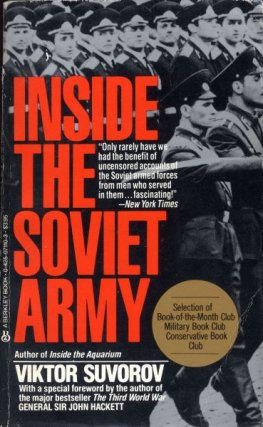

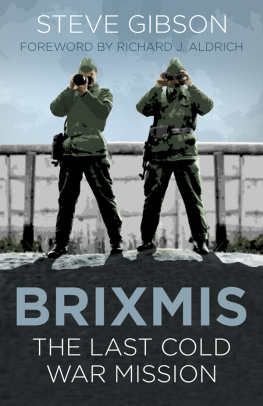
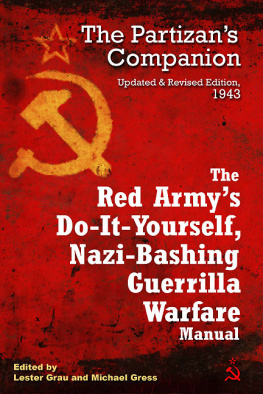
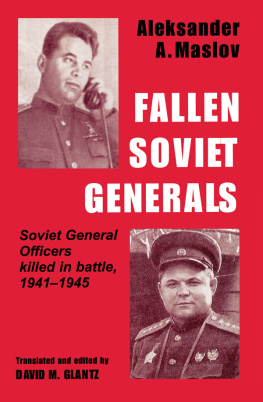


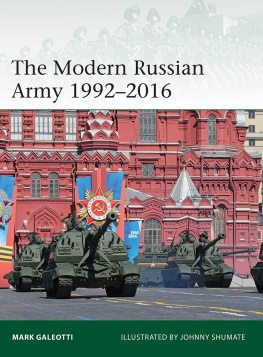

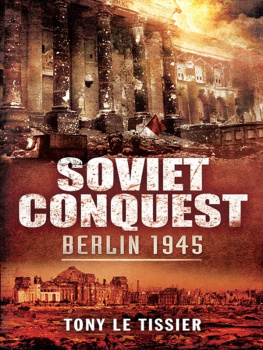

 Spetsnaz
Spetsnaz  Spetsnaz
Spetsnaz 
